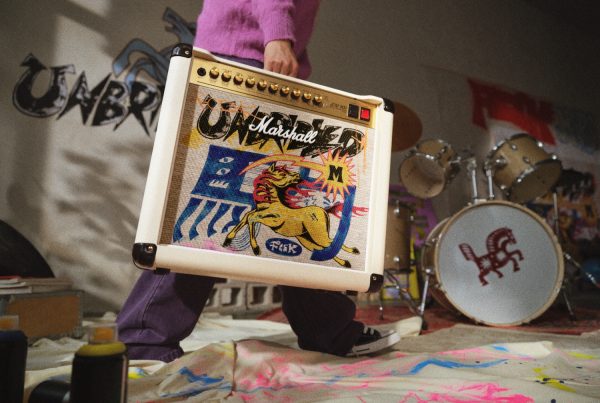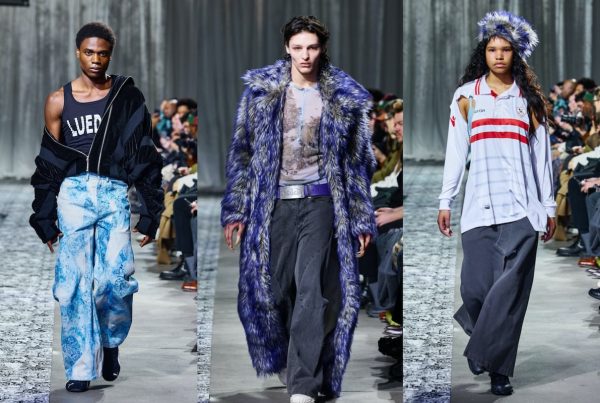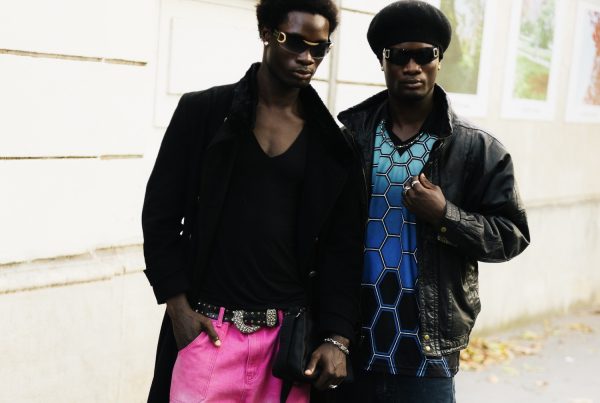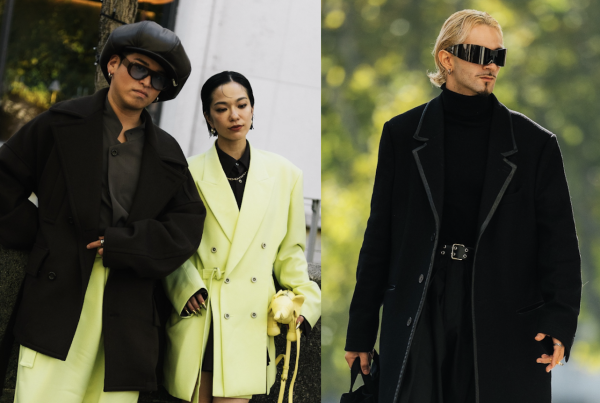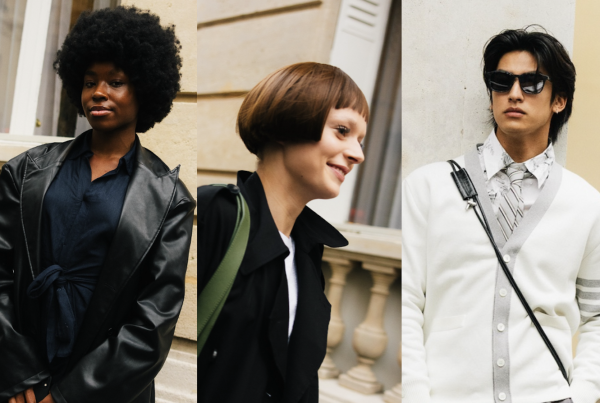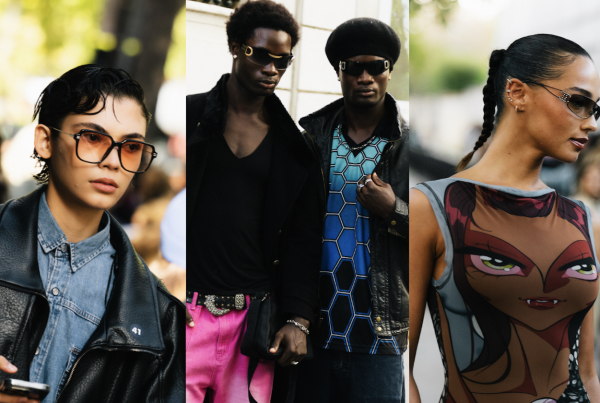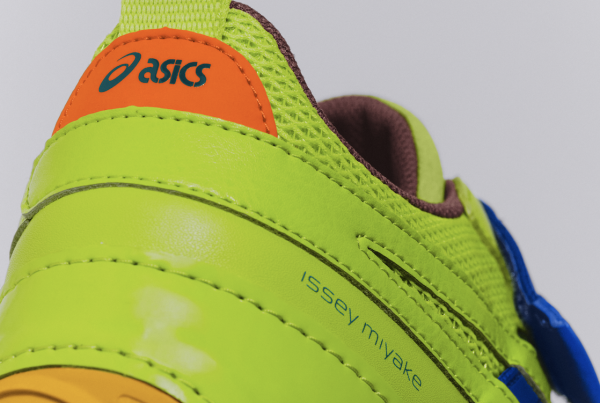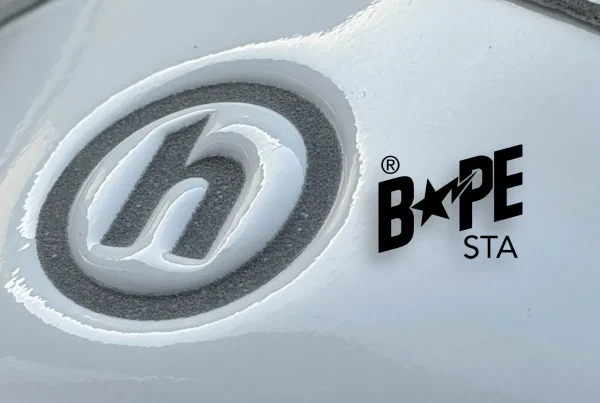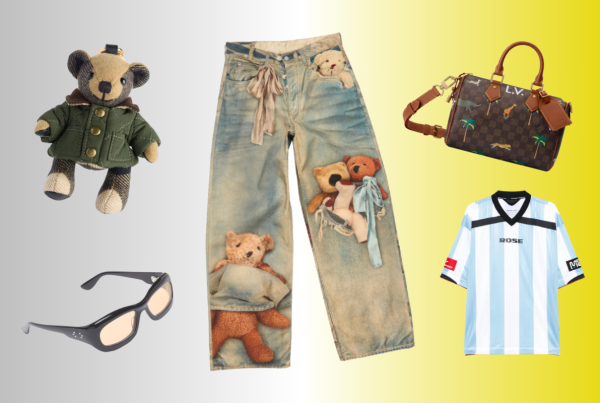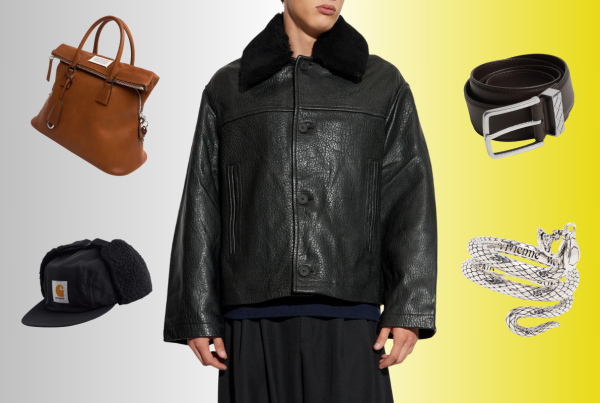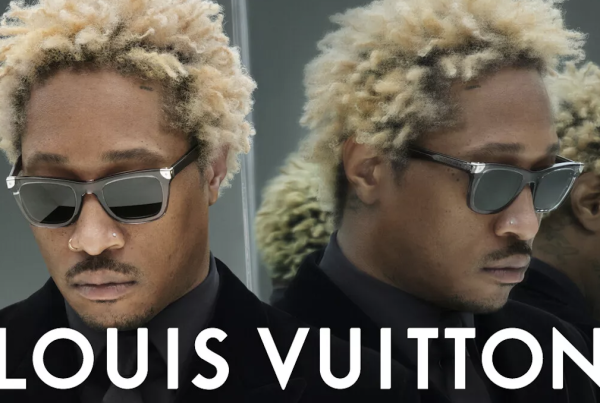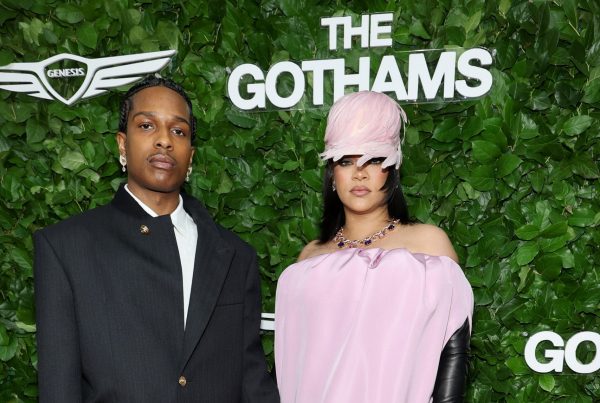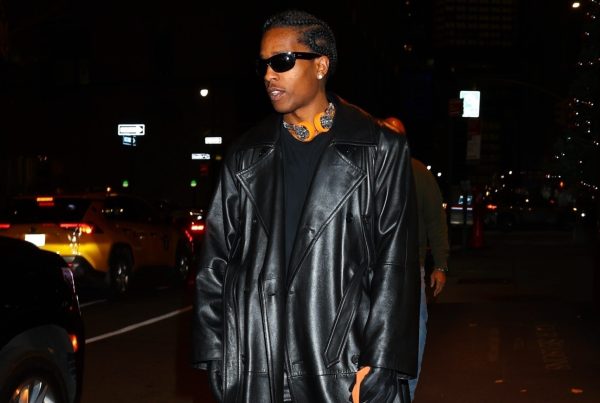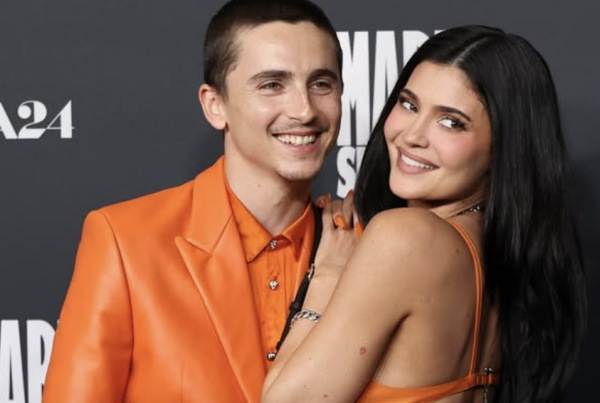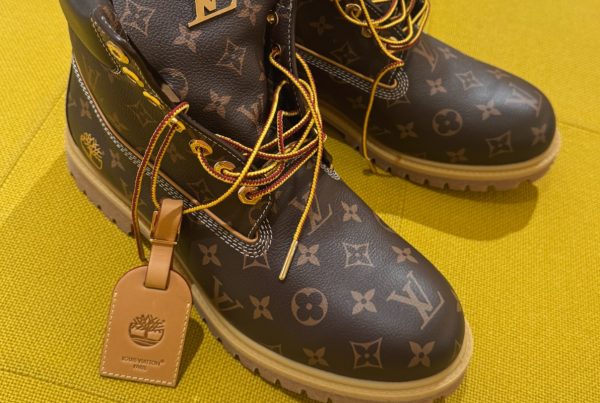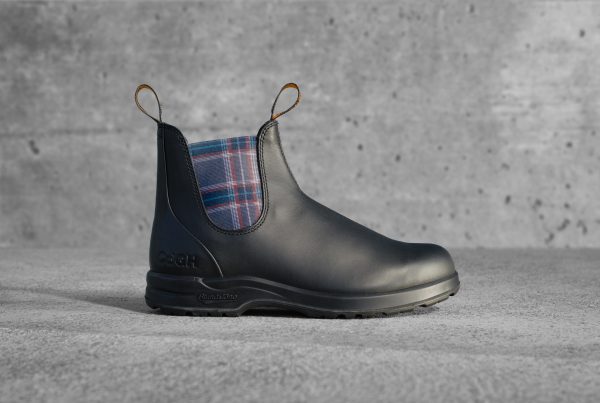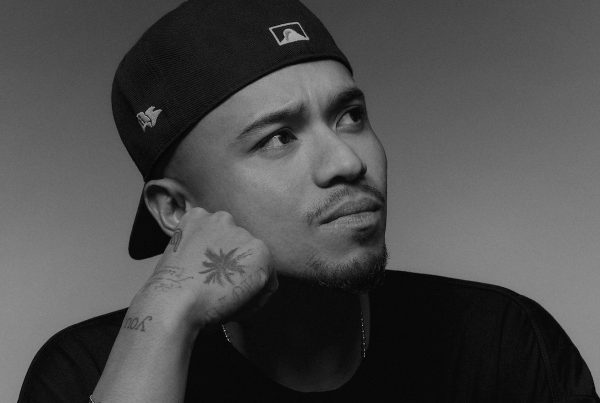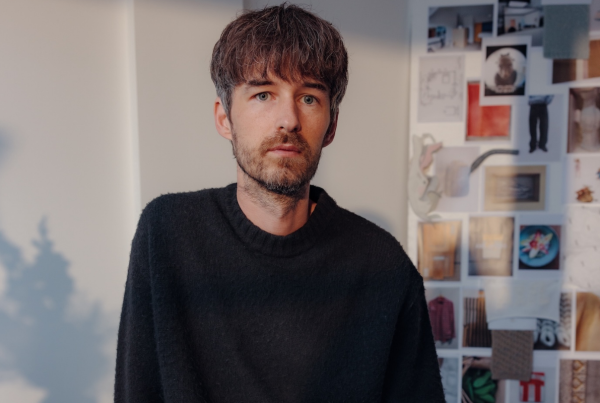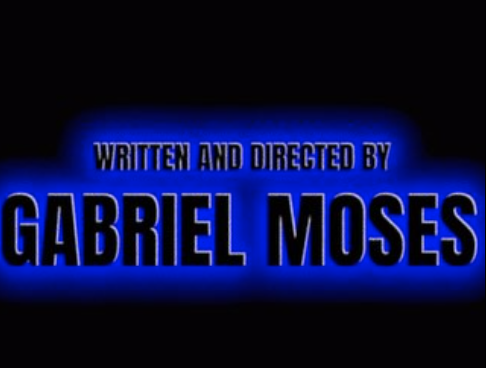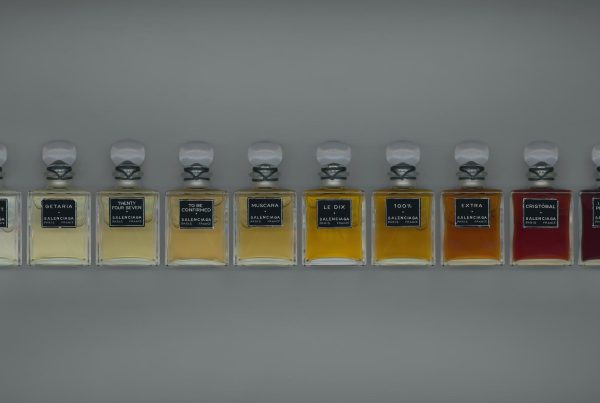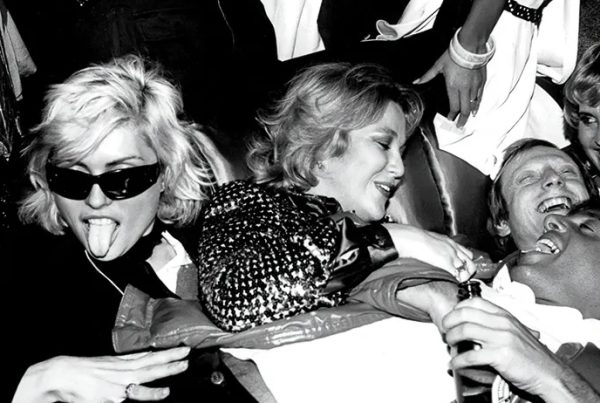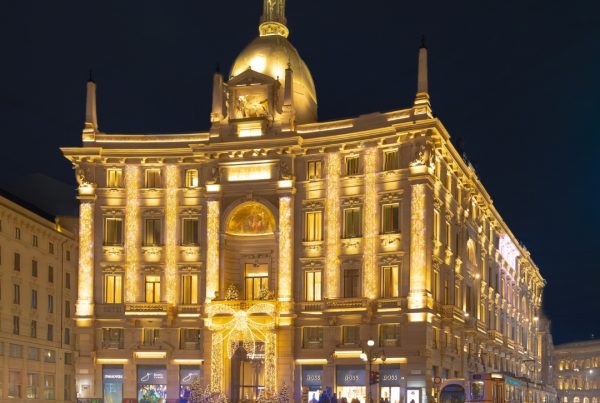
The men’s fashion landscape is experiencing a significant transformation towards sustainability, driven by increased environmental awareness and a demand for products that are kind to the planet. This shift isn’t just a fleeting trend; it represents a broader movement in consumer habits and brand ethics, marking a profound change in how men approach fashion.
This evolution reflects a growing recognition of the impacts of climate change and resource depletion, prompting men to seek out brands that prioritize not only the quality and aesthetics of their clothing but also the environmental and social impact of their production processes. As sustainability becomes more embedded in consumer values, it drives significant changes in the fashion industry, influencing everything from material selection to supply chain operations.
As more consumers prioritize eco-conscious choices, brands are responding by integrating sustainable materials and ethical practices into their collections. This paradigm shift is influencing all aspects of the industry, from design and production to marketing and sales, encouraging a holistic approach to sustainability. It’s a transformative period that underscores a growing recognition of fashion’s impact on the environment, leading to innovations that could redefine the industry standards for the better.
The Emerging Popularity of Sustainable Fashion
Sustainable fashion integrates practices that decrease the negative impacts on the environment that are often associated with clothing production. These practices range from using naturally grown fibers, repurposing textile waste, conserving resources like water and energy, to supporting fair working conditions. Men are increasingly drawn to this responsible approach, which promises not only style and durability but also transparency in how clothing is made.
This shift also involves adopting slow fashion principles, emphasizing quality over quantity and reducing the cycle of excessive consumption. Consumers are now more informed and demanding about the lifecycle of their garments, seeking pieces that not only serve their aesthetic and functional needs but also align with their ethical values. This holistic approach encourages a more thoughtful and sustainable fashion culture, particularly among men who value both the ethical implications and the long-term cost-effectiveness of their clothing choices.
Current Trends in Men’s Eco-Friendly Fashion
Men’s sustainable fashion is not just about choosing environmentally friendly materials; it’s about rethinking the entire lifecycle of clothing. Noteworthy trends include:
- Plant-Based and Renewable Fabrics: Designers are turning to materials such as organic cotton, linen, and lyocell, which are renewable and have minimal environmental footprints.
- Recycled and Upcycled Materials: Innovative brands are transforming recycled plastics and reclaimed textiles into premium garments and accessories.
- Minimalist Wardrobes: The trend towards minimalism encourages men to invest in fewer, but higher quality garments that offer versatility and longevity, reducing waste and promoting sustainable consumption habits.
Pioneers in Sustainable Men’s Fashion
A few key players are making significant strides in integrating sustainability into men’s fashion:
- Patagonia: A leader in sustainable practices, this brand has long been committed to environmental activism, using recycled materials extensively and promoting fair labor practices.
- Allbirds: This brand is known for its eco-friendly footwear and casual wear, focusing on natural materials and achieving carbon neutrality in its production processes.
- Asket: Transparency is at the core of Asket’s philosophy. The brand offers a detailed lifecycle analysis of each piece, promoting durability and timeless design.
Challenges and the Path Forward
Adopting sustainable practices in fashion comes with challenges, such as higher costs for raw materials and the complexities involved in creating a transparent supply chain. However, advances in technology and a deeper consumer awareness are making sustainable practices more achievable and cost-effective, similar to how students seek efficient solutions like “do my math homework for me” to manage their academic challenges effectively. This analogy underscores the idea that with the right tools and information, obstacles can be overcome, leading to more sustainable and responsible fashion choices that benefit both the environment and the consumer.
The future looks promising, with technology playing a key role in making sustainable materials both accessible and affordable. Consumer demand for ethically made apparel continues to rise, influencing more brands to consider how they can lessen their environmental impact.
Conclusion
The evolution of eco-friendly fashion within men’s wardrobes signifies a critical shift towards sustainability in the fashion industry. Men are increasingly choosing garments that not only look good but also contribute positively to the environment. This ongoing shift is not merely a trend but a lasting movement toward reshaping the fashion world into a more sustainable and responsible domain.
As this trend continues to gain momentum, we are seeing a rise in the number of designers and brands who are committed to ethical practices, from sourcing renewable materials to employing energy-efficient production techniques. This widespread adoption of sustainable practices is fostering a new era in fashion where environmental responsibility is as important as aesthetic and function, highlighting a collective commitment to a healthier planet.

